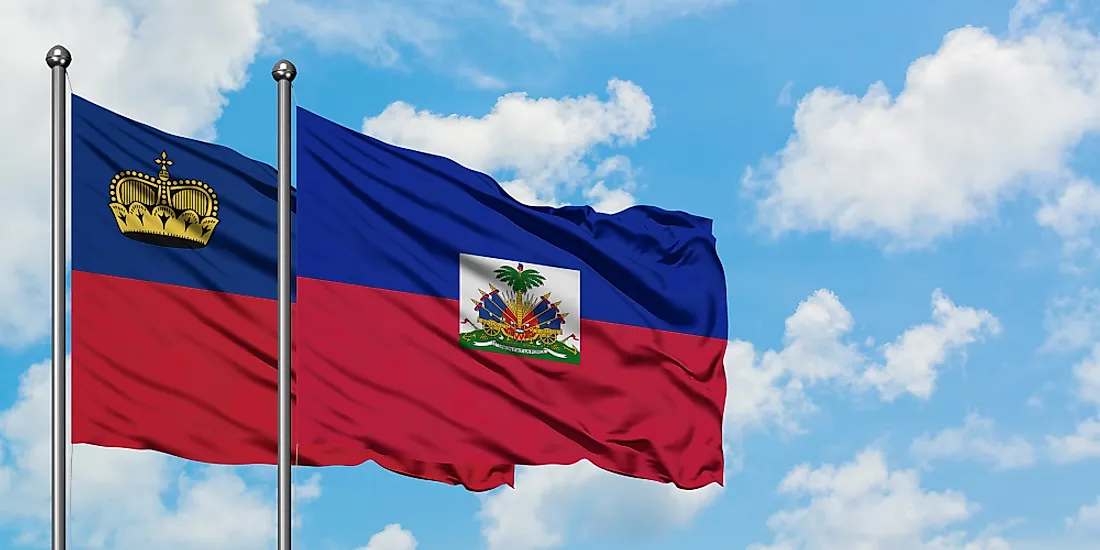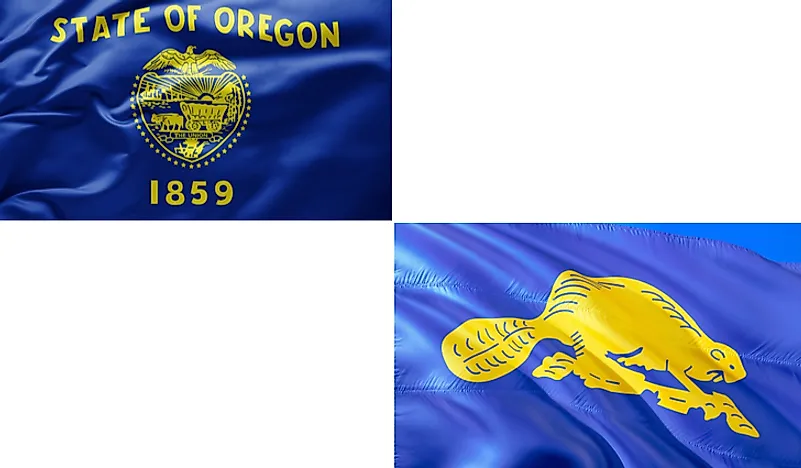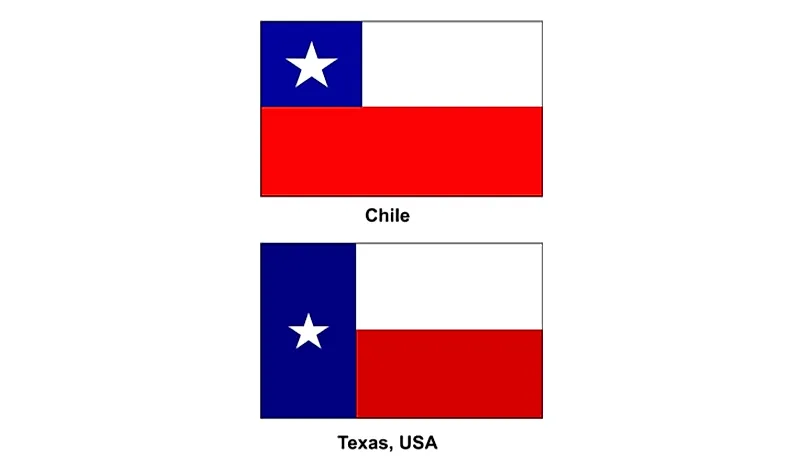The Portuguese government can be described as a semi-presidential representative democratic republic. As stipulated by the country’s 1976 Constitution, political power in this European nation is divided between four separate entities. They are the President, Courts, Assembly of the Republic, and Government. The government is headed by a prime minister who is regarded as the head of state.
Portugal’s electoral system dictates that the president can only be elected to serve a term of five years. Its parliament, which is made up of 230 members, is elected for four years. The prime minister is appointed by the president following each election and is usually the leader of the party with the most votes. There is no time limit to how many times someone can occupy this esteemed position. Members of parliament are chosen by a system of proportional representation in districts with more than one seat. Because Portugal is part of the European Union the nation is responsible for electing twenty one members to the European Parliament.
The House of Parliament for the Portuguese government is known as Palácio de São Bento (or the Palace of Saint Benedict). Located in the capital city of Lisbon, members of parliament conduct the business of running the country from a building that once housed Benedictine monks. The Portuguese parliament has gathered in this particular location since 1836. The official residence of the Prime Minister of Portugal, the São Bento Mansion, is located in back of the main building of the Assembly of the Republic. It was constructed in 1877.
The two main political parties in Portugal are the Social Democratic Party and the Socialist Party. Other parties include the People's Party, the Portuguese Communist Party, and the Greens.
This page was last modified on May 1st, 2018
More on Graphicmaps

Published on 2019-11-06
What is a Trade Embargo?

Published on 2019-11-04
Which Two Countries Used to Have the Same Flag?

Published on 2019-09-16
What Is the Only Two-Sided State Flag?

Published on 2019-09-16
Which Country Flag Looks Like the Texas Flag?

Published on 2019-08-29
Flags That Resemble the US Flag

Published on 2019-08-20
